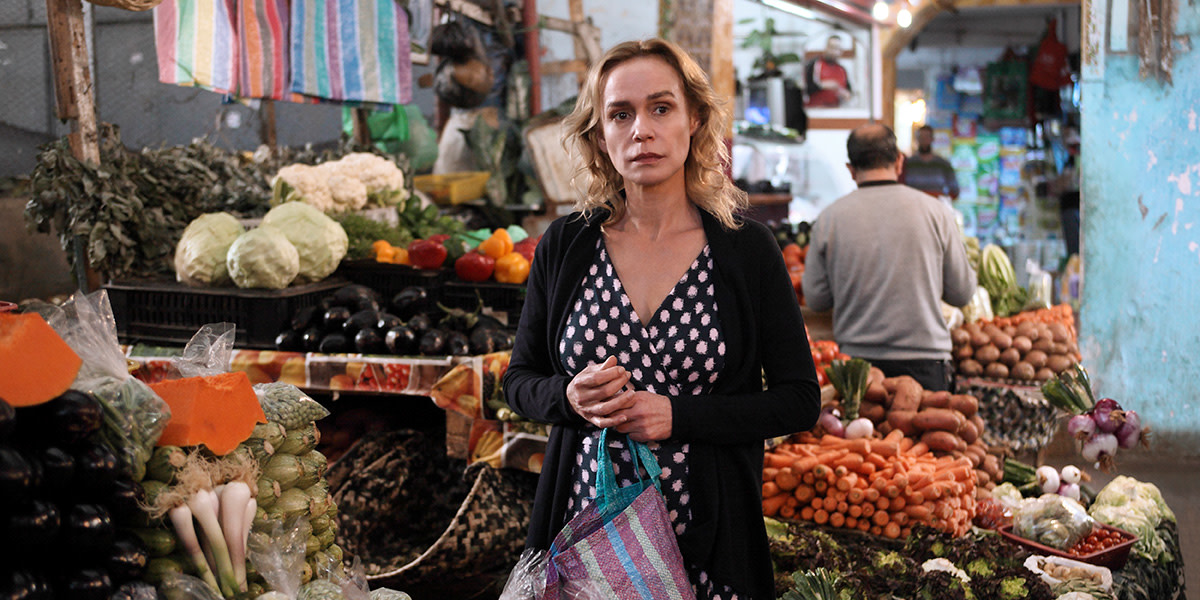Catch the Wind (Gaël Morel, 2017): France
Reviewed by Brianna Franklin. Viewed at the Santa Barbara International Film Festival 2018.
In Gaël Morel’s (Our Paradise, Three Dancing Slaves) Catch the Wind, a woman tries to find her place in a world that doesn’t seem to want her. Morel takes a significant departure from his previous films, many of which focused on male homosexuality and (mostly) male characters. Catch the Wind explores what it means to be a foreigner in a foreign land, and a familiar one. He does this through visuals.
The film stars Sandrine Bonnaire (À nos amours, Vagabond) a veteran French actress and filmmaker, plays Edith, the gorgeously familiar protagonist, Mouna Fettou (And Now…Ladies and Gentlemen…, Ici et lá) as the fiery hotel owner, Mina, Ilian Bergala (La Famille Bélier, A Bag of Marbles) as the often selfish son of Edith, and newcomer Kamal El Amri (Razzia) as Ali the son of Mina.
The film begins with a shot of the back of Edith’s head, a sequence to be continued throughout the piece. She works in a textiles factory in France that is going under, and relocating to a place with cheaper labor. Edith is offered a severance package, and a secondary option of moving to Tangier with the company. She takes the job in Tangier, though she is advised not to. She attempts to tell her son of her decision by going to see him, but is put off by his dour mood and selfishness. Edith eventually tells him over the phone. The film explores her life in both countries, and the move from one to another. She takes a ferry to Tangier and is immediately put in culture shock when she comes to dry land. Edith is continually surrounded with a place and a culture she is completely unfamiliar with. She meets Ali and Mina at their hotel, and immediately bonds with Ali. The film continues to examine the relationships of mothers and sons, their complexities, their hardships.
Morel creates a hyper specific visual narrative to show the inner changes of his characters. During the first two acts of the film, Edith only wears denim and other blue things, while in the third act her taste begins to change. Her wardrobe is sprinkled with bolder, warmer hues, and she smiles more. Even through some tumultuous times, there is an air of peace about her that she lacked in the beginning. These visuals cue the audience in how Edith feels, rather than what the given situation requires her to feel. Bonnaire carries the weight of visual beauty with a grace many could not.
Overall, Catch the Wind is a visually stunning and quietly morphing piece with great performances by a cast both interesting and involved. It is absolutely worth a watch.
About this entry
You’re currently reading “Catch the Wind (Gaël Morel, 2017): France,” an entry on Student Film Reviews
- Published:
- 02.13.18 / 5pm
- Category:
- Films, Santa Barbara Film Festival 2018
No comments
Jump to comment form | comments rss [?]